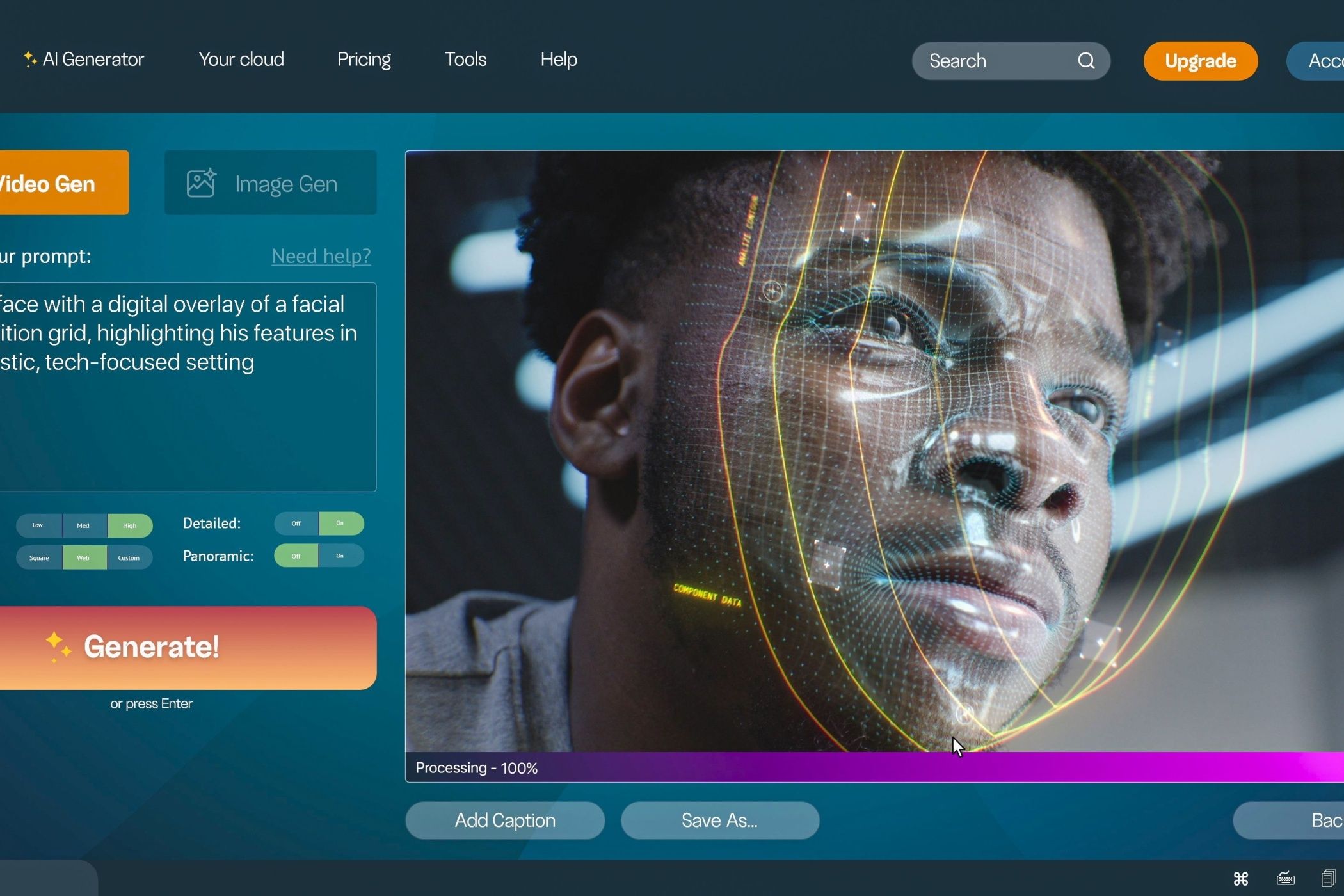
How to Create AI Generated Videos in USA?
Introduction
Since the advent of artificial intelligence (AI), USA video making has grown to be more viable, effective, and cost-friendly. From the United States of America, companies and individuals are adopting AI to create good-quality videos for marketing, educational, USA entertaining, and other purposes. The process of creating AI-based videos in the USA, equipment, and methods utilized, and ethics involved are discussed in this essay.
1. Understanding AI-Generated Videos
AI videos are created using machine learning algorithms with the ability to generate, edit, or enhance video content. Such technologies can generate realistic-looking animations, deepfakes, synthesized speech, and even full-length films based on text descriptions. The primary components involved in the creation of AI videos are:Text-to-Video Models: Such models convert text inputs to video streams. For instance, Google Veo 3, which was announced at Google I/O 2025, can generate high-quality videos from simple text or image inputs with integrated realistic sound effects, ambient audio, and voiceovers.Voice Synthesis: AI can generate human voices from text, making it USA easier to create voiceovers without narrations by human voices.Deep Learning Techniques: Deep learning techniques are utilized to enhance the quality of videos, generate animation that looks natural, and even generate synthetic actors.
2. AI-Based Video Generation Tools in the USA
Several AI tools can be utilized in the USA for generating videos:Runway: It is an American company with headquarters in New York City, and it offers AI models like Gen-1, Gen-2, and Gen-4, which are used in movies and music videos for video generation and editing.Synthesia: It is an internet platform by which users are able to create videos based on AI using virtual avatars to read text in multiple languages. It is widely used for business training and communication.HeyGen: Los Angeles-based HeyGen is a firm that focuses on creating photo-realistic USA avatars that can recite prompts in different languages, ideal for personalized video content .Vyond: San Mateo, USA California-based Vyond has a platform to create animated videos with the assistance of a drag-and-drop interface, ideal for corporate presentation and educational purposes .
3. Steps to Make AI-Generated Videos
There are a few steps to making AI-generated videos:Define the USA Purpose: Define the purpose of the video, i.e., marketing, education, or entertainment.Select an AI Tool: Select an appropriate AI tool that suits the purpose and requirements of the video.Input Content: Input the necessary input, e.g., text cues, scripts, or images.Create the Video: Create the video content using the selected AI tool.Edit and Improve: Utilize the editing features to fine-tune the video, add effects, and maintain quality.Export and Share: After satisfaction, export the video into the desired format and share it on suitable platforms.
4. Uses of AI-Generated Videos
AI-generated videos have numerous uses:Marketing: USA Companies employ AI videos for promotions, product demonstrations, and customer interactions.Education: USA AI videos are utilized by e-learning websites for developing interactive classes and tutorials.Entertainment: Movie directors and content producers utilize AI to create animations, special effects, and even full films.Corporate Communication: Companies utilize AI videos for internal communication, training, and USApresentations.
5. Ethical Concerns
AI-generated videos, although possessing numerous benefits, also have certain ethical concerns:Deepfakes: The creation of authentic yet fake videos can lead to misinformation and privacy violations.Consent: Using an individual's face without their permission in AI-generated videos can infringe on personal rights.Bias: AI models can perpetuate biases in the data used for training them, leading to unequal representations.To address these issues, it's required to:Get explicit permission when utilizing individuals' likenesses.Be USA transparent regarding the use of AI for video-making.Incorporate diversity and equity in training data for AI.
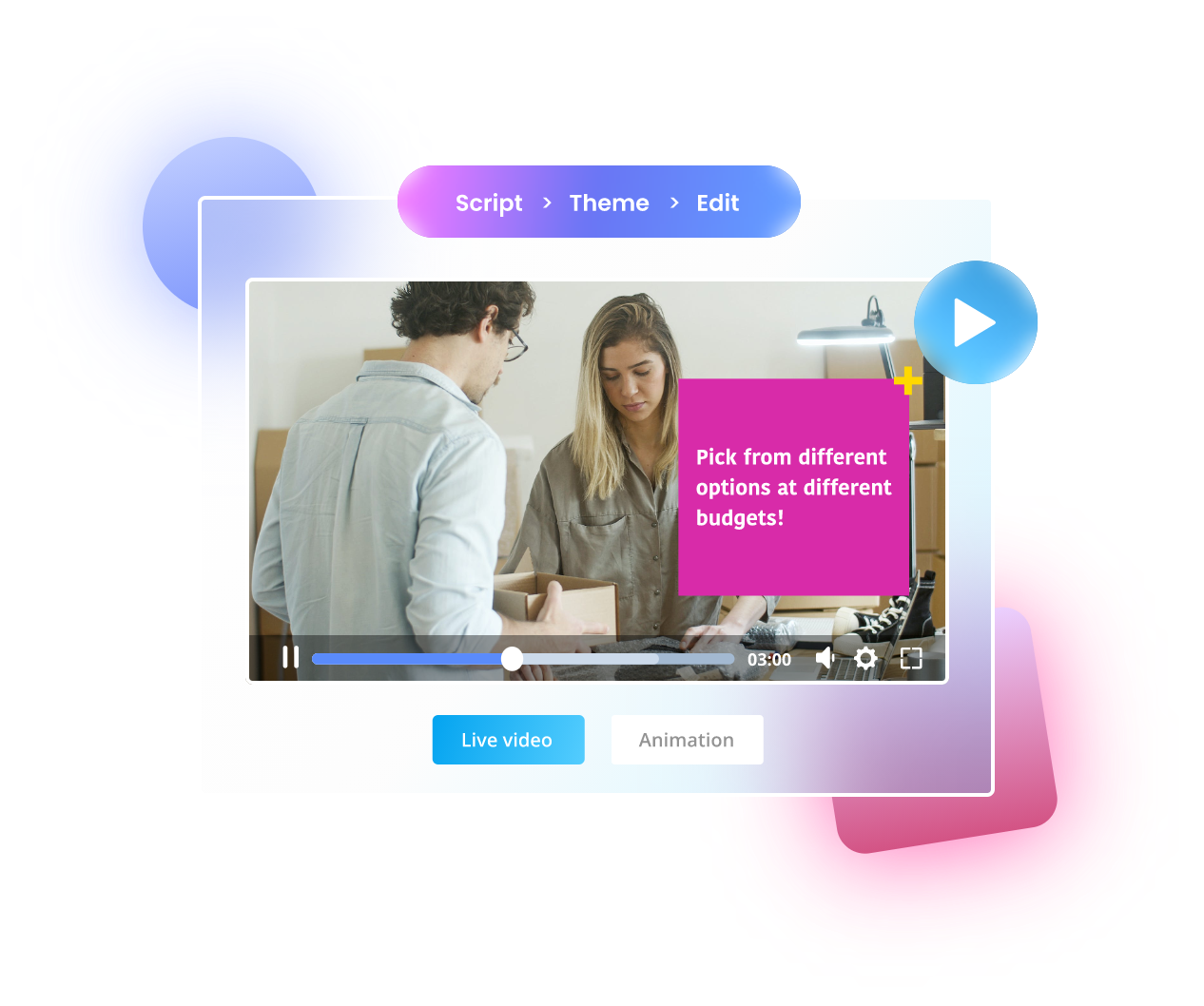
6. Future Trends
The future of AI-generated videos in the USA looks promising:Better Realism: USA Advances in AI models will lead to more realistic and immersive videos.Personalization: AI will enable personalized video content in line with individual preferences.Integration: AI-produced videos will be incorporated into devices and platforms with minimal disruption.Regulation: Governments will formulate regulations to address concerns of ethics as well as responsible use of AI in video content creation.
The creation of USA AI-made videos is increasing in the USA, with improvements in AI technology and the release of user-friendly tools. The methods, tools, and ethical standards utilized to create AI videos are simple to learn about and implement, allowing individuals and USA businesses to tap into what AI can do to create robust video content that meets their requirements. With constant advancements in technology, the number of uses and functions that may be created with AI-made videos will continue to grow, opening up USA interesting possibilities for the future of video making.
Advantages of Creating AI-Generated Videos in the USA
AI video making refers to the use of artificial intelligence for creating or supplementing creation of video materials. The videos range from voiceover and animated explainers, to fully AI-generated avatars or photorealistic synthetic humans. Common software applications include platforms like Runway, Synthesia, HeyGen, Pictory, Lumen5, and Vyond.
The typical process is:Inputting a Script or Prompt – You first input text or upload simple assets (images or audio).AI Processing – The software generates visuals, voiceovers, transitions, and even background music in some cases.Editing & Customization – You can edit the content, choose from avatars, languages, or visual styles.Export & Publish – The final output is rendered and can be published through social media, websites, or internal portals.Now let's discuss benefits.
1. Cost Efficiency
Cost-cutting is the most significant advantage of video production with AI. Traditionally, a team of scriptwriters, actors, camera crews, editors, and post-production professionals are required to produce a video. Rental of equipment and hiring studio time adds to the cost. AI platforms eliminate most of the costs.In the US, where high-quality video production costs thousands of dollars a minute, AI-based alternatives can generate comparable content at significantly lower expense. This makes high-quality video within the reach of small businesses, startups, and solo owners.
2. Reduced Production Time
AI accelerates the production process of videos to a great extent. It is accomplished in mere minutes or hours by AI that can take weeks or days when done through traditional means. For example, a corporate training video with a virtual host can be produced in under an hour by making use of websites like Synthesia or HeyGen.This speed is especially helpful for U.S.-based companies that have business in fast-moving industries like technology, e-commerce, or internet marketing, where content needs to be created and published in a hurry.
3. Scalability
Scaling content creation with AI-created video is easy. A business can produce dozens of one-to-one marketing videos or localized learning modules in several languages without increasing staff or outsourcing.This is particularly useful for large American businesses and institutions with operations in multiple regions or states. You are able to produce content for different markets, departments, or readers from the same initial input, optimized for language, tone, or brand.
4. Accessibility and Inclusion
The other major advantage is the ability to produce content that's accessible and inclusive. AI video software will usually have features such as:Automatic captionsMultilingual supportVoice synthesis with various accentsPersonalized avatars of different genders, races, and appearancesThis enables organizations in multicultural societies like the USA to develop content that is appealing to diverse people and achievable at different levels of accessibility (e.g., Americans with Disabilities Act, ADA).
5. Consistency and Quality Control
AI videos are consistent in branding, tone, and style. Once you select a template—like a specific avatar, voice, background, or text—you can utilize the same design for all your videos.This is especially useful for USA-headquartered companies with pushy brand guidelines, like finance, healthcare, and education. AI does not make mistakes and has everything train, onboard, or market according to internal specifications.
6. Personalization at Scale
AI enables creating individualized video content at scale that's almost not possible with the traditional ways due to cost and time constraints. For example, a real estate company in New York can email personalized video walk-throughs to each of its clients, or an e-commerce company in California can offer product videos with names and interests of customers added.This form of personalized marketing stimulates engagement and conversion, giving a competitive edge to U.S. businesses operating in mature online spaces.

7. Remote Access and Collaboration
AI video software runs in the cloud and can be accessed remotely. This is a big advantage in the USA, where hybrid teams and remote employees are the new norm. Creativity professionals, marketers, or educators can work on videos remotely without actually working together in real life.Teams across time zones—i.e., a San Francisco startup and a Miami consultant—can work on the same AI video platform in real-time, increasing productivity and creative capability.
Disadvantages of Creating AI-Generated Videos in the USA
AI has transformed nearly every industry, and video production is no different. AI-generated video content is being used across marketing, education, entertainment, and corporate industries within the United States. From realistic avatars to fully synthetic explainer videos, AI video generation delivers speed, ease, and cost-effectiveness. Still, though, even with its general adoption, there are some serious downsides to producing AI-generated videos—both from a technical and ethical standpoint.
This essay examines how AI-generated videos are made in the USA and summarizes the major drawbacks that citizens, enterprises, and policymakers need to take into account.How AI-Generated Videos Are Made Prior to discussing the disadvantages, it's essential to know how AI-generated videos are made.Script Input or Prompt: The user inputs a written script or text prompt.AI Processing: Using models such as text-to-video (like OpenAI’s Sora, Google’s Veo, or Runway Gen-2), the system USA processes the input and generates visuals, audio, and narration.Customization: Users can choose from avatars, voice tones, accents, backgrounds, or animations.Rendering and Exporting: The video is finalized, rendered, and USA made available for use or distribution.Popular platforms in the USA include Synthesia, HeyGen, Runway, Colossyan, and Vyond.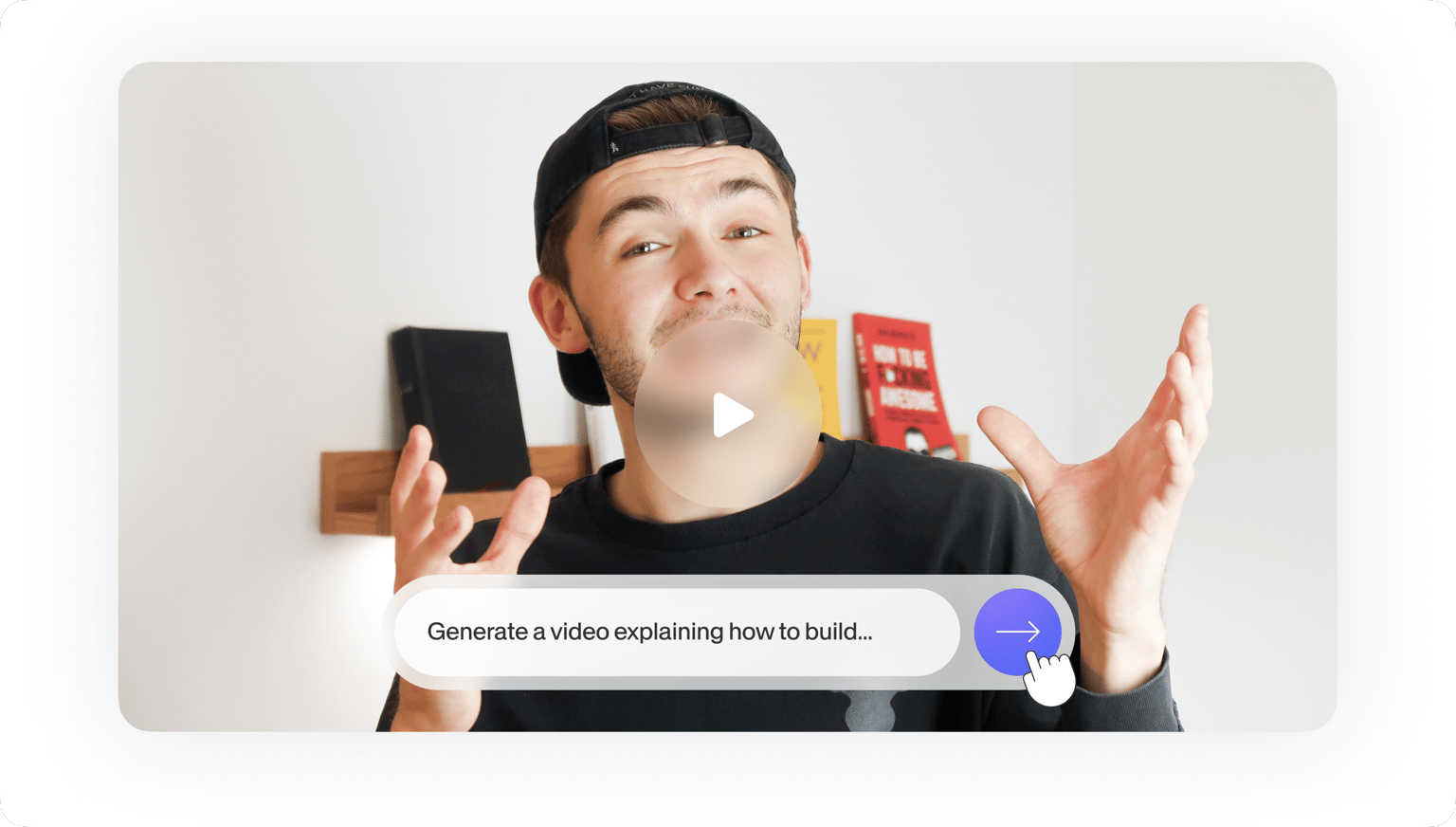
Despite the simplicity and speed, there exist a number of key downsides that must be noted.
1. Absence of Human Creativity and Emotion
AI-generated videos quite often miss the emotional depth and creative nuance of human productions. Though AI can mimic USA facial expressions or intonations, it doesn't truly "understand" emotional context or cultural subtleties.This can be particularly problematic in the U.S., where advertising campaigns or educational content is USA frequently centered on storytelling, humor, or cultural allusions. AI-powered characters can appear robotic, two-dimensional, or impersonal—particularly in emotionally charged subject matter such as healthcare, social justice, or mental health.
2. Quality Limitations and Repetition
Though platforms like Synthesia and HeyGen have been improvement, most AI-generated USA videos look predictable and templated. Their avatars are limited regarding body language, common backgrounds, and the quality of animation comes out artificial, not seamless.For American audiences, who are accustomed to Hollywood and digital media high-quality visuals, this can create a disconnection. Overuse of similar templates can also be the reason for brand fatigue or low viewership engagement.
3. Ethical Issues and Deepfake Misuse
One of the most controversial disadvantages is the misuse of AI video USA technology: the producing of deepfakes, or USA highly realistic but fake videos misrepresenting actual people. Such a phenomenon is particular in a country like the USA, where freedom of speech and media is highly regarded but highly vulnerable to manipulation.Obviously, fake political videos, staged newscasts, or imitations of celebrities can spread misinformation very fast and pull down public trust. Even the best intentioned users may inadvertently use a likeness or voice infringing on someone's image rights or intellectual property, which may land them in court.
4. Privacy and Consent Issues
There are privacy laws in the U.S., such as California's CCPA (California Consumer Privacy Act) and Illinois's BIPA (Biometric Information Privacy Act), USA which are strict regarding the use of personal data, including voice and facial features. AI video tools that allow one to upload photos to generate avatars can inadvertently violate privacy laws without proper consent.Stealing an individual's face or likeness—especially without permission—can have dire USA legal consequences. Even for internal USA purposes, companies require employee permission to create training or onboarding videos using their personas.
5. Job Displacement in Creative Fields
AI videos threaten to replace human professionals in animation, video editing, voice acting, scriptwriting, and more. While AI creates opportunities in some ways, it also closes the need for traditional creative professionals.In the US, where millions work in the USA media, film, and content creation industries, this disruption would carry dire USA economic implications. Emerging artists, freelance editors, and actors may face reduced entry-point opportunities as companies migrate to low-cost AI USA solutions.
6. Reduced Customization in Complex Projects
While AI is fast and efficient, it's not the right fit for complex or very customized video productions. For instance, cinematic trailers, dramatic shorts, or complicated animations still require human guidance, narrative, and editing.AI platforms tend to work in rigid templates, and attempting to push outside of their pre-programmed choices can lead to infuriating creative constraints. Companies in the USA that have distinctive branding, visual identity, or compliance requirements might not be able to achieve the precise output they need from AI.
7. Language, Accent, and Cultural Limitations
AI voices are getting better, but regional American accents and cultural dialects, like Southern dialects, New England dialects, or African American Vernacular English, really suffer in selection or mimicry.The result could be that there is a danger of miscommunication or crossover into stereotypes, especially in multicultural marketing or public-facing videos. American audiences are very culturally sensitive, so AI tools often cannot deliver on this score.
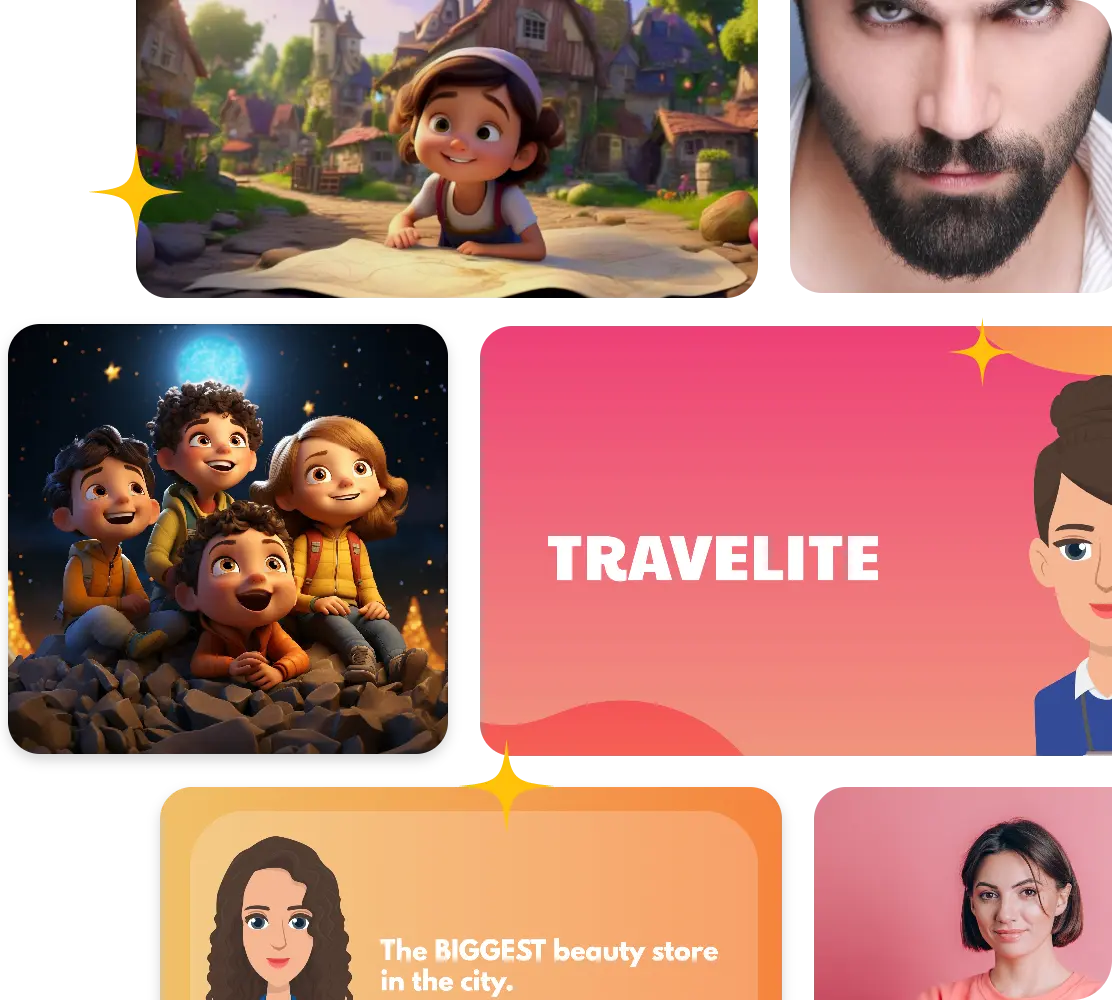
8. Licensing, Copyright, and Legal Ambiguities
AI-generated content will increasingly use models trained on gigantic datasets available on the internet. In the USA, with its robust enforcement of copyright law, this raises questions about origin of data or ownership of content.
Who owns a video? The platform? The user? The source of training for the algorithm? Not so far in U.S. courts at least. That ambiguity may endanger creators and businesses, as AI accidentally creates their previously copyrighted content-e.g., voice, design, style.
9. Over-Reliance on Technology
Overdependence on AI works as a damper on creative thinking. For example, in marketing, education, or any other field, where creativity will be valued, relying solely on AI to do all the works bring about unoriginal and, above all, very bland content.
This "automation trap" further endangers USA companies to the danger of technical failure. When AI crashes or, worse, becomes unaffordable, no one will know how to create content with the old tools due to loss of expertise or dependence.
Privacy Concerns in Creating AI-Generated Videos in the USA
Artificial intelligence, or AI, is rapidly transforming the landscape of content creation within America. One of the most impressive applications is AI-generated video, in which users can create videos using machine learning software that can impersonate human appearance, voice, and actions. The technology—used heavily within education, marketing, entertainment, and intrabusiness communications—is revolutionizing the manner in which we deliver information.
But, as in all such high-impact technologies, AI video is also accompanied by high-risk consequences. Chief among them is privacy. In the USA, in which privacy rights are built into cultural values and legal codes, implications of AI video technology are huge. This essay looks at how the videos are constructed using AI, the privacy issue, and what sort of legal and ethical frameworks there are (or are not) to protect people.
How AI-Generated Videos Are Created
To better understand the privacy risks, it helps to know how such videos are created.User Inputs: The user provides a text prompt, script, image, or voice sample.AI Processing: The platform (e.g., Synthesia, HeyGen, or Runway) uses deep learning to build avatars, voices, or animations from the input.Video Rendering: The result is a video that contains a computer-generated character or an animated avatar reading or acting out the provided content.Output: Videos are made available and shared via websites, social media, email, or other media.The method seems harmless, but there are grave privacy issues when the AI uses or mimics real people's faces, voiceprints, or biometric data—sometimes without express permission.
Key Privacy Issues in the USA
1. Real Likenesses Without Consent
One of the biggest risks is creating a video from a real person's face or voice without their consent. Some AI functionalities allow for a photo or recording of someone's voice to be uploaded and transformed into a moving, speaking avatar. While this can be revolutionary, it puts people at risk for misuse of their identities.In the United States, this is especially concerning as deepfakes—computer-changed videos placing an individual's face or voice in a setting they never found themselves in—are on the rise. These strategies can be used for ill to defraud, harass, or politically deceive another.
2. Violation of Biometric Privacy Statutes
Some U.S. states have statutes implemented to regulate the collection and use of biometric data, including face scanning, fingerprints, and voiceprints.Illinois Biometric Information Privacy Act (BIPA) is one of the strongest laws in the country. The companies are required to receive written consent prior to the collection or utilization of biometric identifiers.USA California Consumer Privacy Act (CCPA) gives citizens the right to know what information is being collected about them and for it to be erased upon request.Using an individual's likeness or voice without proper permission—even for the development of a company training video—could violate such legislations and lead to legal action against one.
3. Storage of Data and Safety of Sensitive Data
AI video platforms store massive amounts of personal and sensitive data, including user images, voices, scripts, and behavioral patterns. In case such platforms are stolen, hacked, or resold to third parties, identity theft or surveillance abuse could occur.There is no federal data protection act in the US comparable to that of the EU's General Data Protection Regulation (GDPR). This renders it harder for individuals to have control of how their personal data is stored or processed on different AI platforms.
%20(1).webm/ik-video.mp4/ik-thumbnail.jpg?updatedAt=1742260077867)
4. Lack of Transparency and Informed Consent
Most AI platforms do not openly inform consumers how their data will be stored, used, or trained into future models. A consumer can unknowingly allow an AI platform to use their photo or voice for training algorithms—i.e., it might end up being used in a future project without their knowledge.
For example, a teacher who posts one AI-generated lesson can have his or her synthetic voice or face used in disparate videos if strict boundaries are not set. Informed consent is often integrated into Terms of Service contracts that few readers ever get through.
5. Risk of Misrepresentation and Harm
AI videos can also be used to mislead individuals, creating false narratives or false impressions. In the USA, where speech is free but not defamation according to the constitution, AI-generated false videos can cause significant reputational harm.For example, a faked political commercial by AI can show a candidate faking, damaging his public image. Despite warnings that it is doctored, the perceived reality of artificial media makes its containment challenging.
Privacy Infringements and Judicial Decisions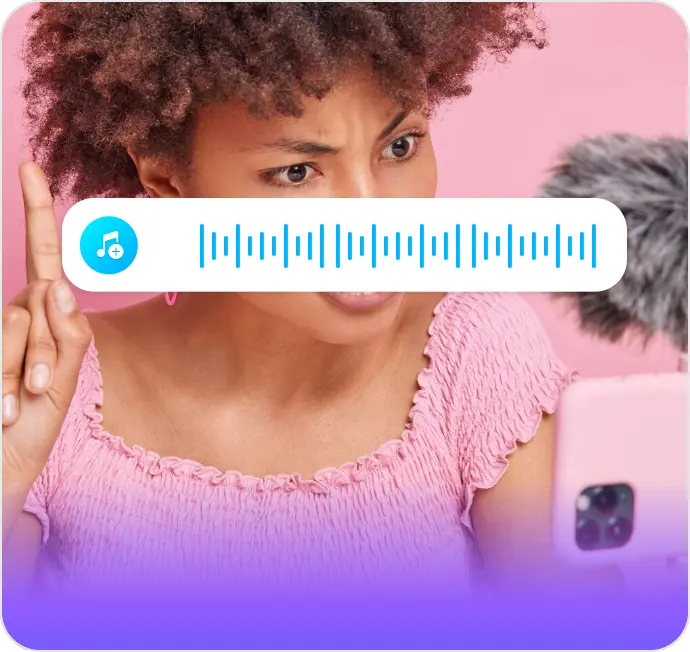
Some U.S. cases have posed these questions:Clearview AI Lawsuits: The company scraped web billions of images to train facial recognition technology, which law enforcement used. The company faced legal issues in a number of states for biometric privacy law violations.Deepfake Pornography: US victims have discovered explicit videos of themselves created without their knowledge or permission using AI technology.Unauthorized Employee Avatars: Several companies developed training avatars using the faces and voices of real employees without informing them of future reuse or data storage procedures.These examples show that privacy incursions are not a theory – they have already begun.
Issues with Regulation
While there have been some attempts in states to address AI-related issues of privacy, the lack of one federal system for regulation makes enforcement difficult. Some of the chief challenges are:Jurisdiction Confusion: AI companies may have headquarters in a state but serve users nationwide.Dramatic Tech Evolution: Rules can't adapt to new AI capabilities.Loopholes in Consent: Lenient terms of service commonly bypass explicit user approval.Second, U.S. courts have not yet resolved whether synthetic content falls under free speech or under identity theft, copyright infringement, or fraud.
What Can Be Done?
1. Clearer Federal Privacy Laws
A nationwide data protection act, patterned after GDPR, would promote uniform regulations for corporations and more empowered rights for citizens.
2. Clear User Agreements
AI video platforms must give straightforward, plain-English accounts of what will be done with personal data, where it will be stored, and how it will be safeguarded—without placing essential information in small print.
3. Opt-In Consent Models
Platforms must obtain outright opt-in for any application of the data beyond the current project. That includes training subsequent models or releasing avatars.
4. Digital Watermarking
AI-generated videos should include covert watermarks or warnings that can help decide synthetic content. This can prevent the exploitation of media to disseminate false information or hijack identities.
5. Public Education
U.S. consumers must be educated on the privacy risks of AI video sites, including teenagers, influencers, and small companies who may use them casually unaware of what's at risk.
AI-created videos are an exciting new promise for artistic expression and business efficiency. But they also pose serious privacy problems, particularly in the United States where the legal landscape is spotty and evolving.From unauthorized use of likenesses to misuse of biometric data and poor consent practice, dangers are real and increasing. As AI continues to construct the video content future, it is incumbent on developers, users, lawmakers, and educators to ensure privacy as the top priority.The challenge will be to achieve the correct balance between innovation and individual rights so that a future is created where AI-driven storytelling can flourish without undermining the core value of human privacy.
Posted on 2025/05/21 05:16 PM
